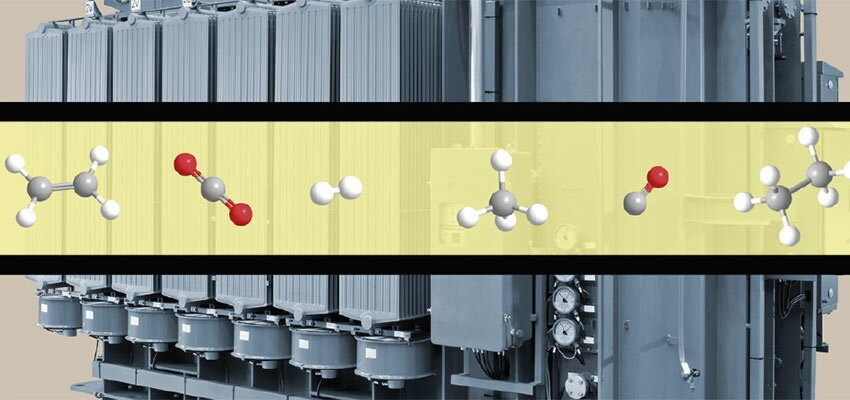
Transformer oil fault gases under thermal stress at 160 °C – Part I
Abstract Dissolved gas analysis is a common technique in the supervision and maintenance of transformers. It can give hints on defects and faults in oil-immersed...
byBernd CHRISTIAN, Armin GLÄSER

Abstract
Dissolved gas analysis is a common technique in the supervision and maintenance of transformers. It can give hints on defects and faults in oil-immersed transformers by determining and quantifying the gases arising due to the thermal or electrical stress. Different algorithms for the assessment of transformers, which utilize data obtained from dissolved gas analysis, have been published so far. However, only few investigations exist that deal with the influence of the oil´s composition on the oil´s tendency of releasing gases. This research study presents a comparison of three commercially available transformer oils of different composition regarding that aspect. The results indicate that the oil mainly consisting of paraffinic hydrocarbons shows a different gassing pattern compared to naphthenic oils when it is exposed to thermal stress. Some explanations for this phenomenon are given in the report as well.
Keywords: dissolved gas analysis, thermal stress, transformer oil, fault gases
1. Introduction
Oil-immersed power transformers in service can exhibit several defects and faults. Partial discharges, discharges of high energy, arcing, thermal incidents like hotspots, overheating and insufficient cooling are examples of such defects and faults. If a transformer suffers from thermal or electrical stress, gases resulting from oil decomposition and paper degradation will be formed. The most important representatives of those gases in mineral oils are: hydrogen (H2), methane (CH4), ethane (C2H6), ethylene (C2H4), acetylene (C2H2), propane (C3H8), propylene (C3H6), carbon monoxide (CO) and carbon dioxide (CO2). Hence, the gases listed above can be considered as indicators for defects and faults in transformers; sometimes they are denoted as fault gases. An important technique for determination of fault gases in transformer oils is the so-called Dissolved Gas Analysis (DGA). For many decades now, DGA has been used as a helpful diagnostic tool for detection and evaluation of defects and faults in transformers. The equipment for performing DGA consists of an extraction device coupled with gas chromatography. Several techniques for extraction of dissolved gases from oil are available: (1) multi-cycle vacuum extraction (e.g. Toepler pump), (2) single-cycle vacuum extraction (partial degassing), (3) stripping, and (4) headspace extraction. The gas chromatograph should be equipped with two packed or porous layer open tubular (PLOT) columns containing stationary phases of different polarities. Moreover, the usage of a Thermal Conductivity Detector (TCD) and a Flame Ionization Detector (FID) enables selective detection of all relevant gases. The sensitivity in detecting the gases CO and CO2 can be improved by means of a methanizer fitted at the inlet to the Flame Ionization Detector. The two carbon oxides (CO and CO2) are converted to CH4, a gas which can be registered at a lower limit of detection by FID.







